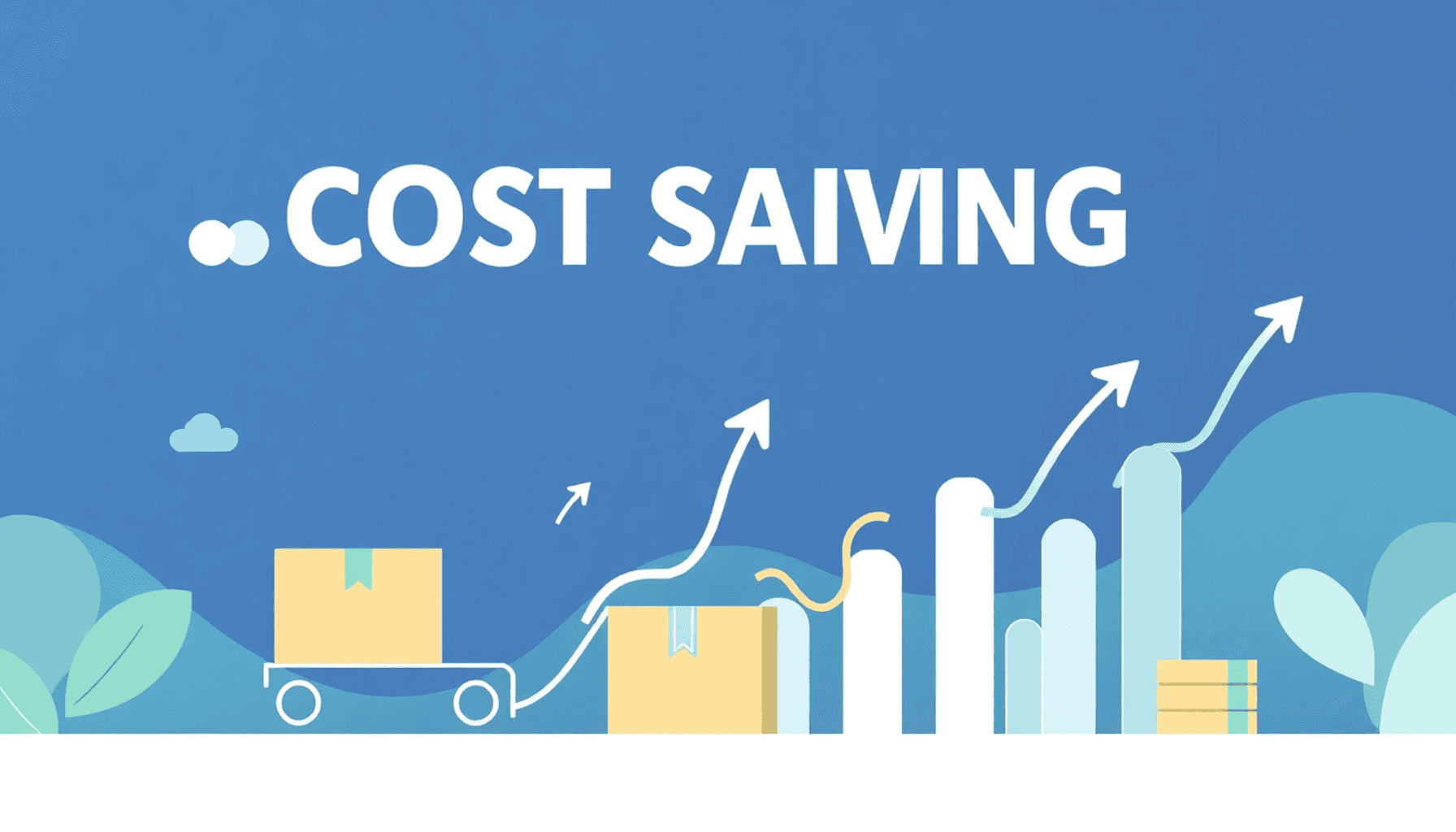Next-Level Integrated Supplier Inclusivity Optimization Framework: Elevate Your Procurement Strategy


Why Supplier Inclusivity Is the MVP of Modern Procurement
Supplier inclusivity might sound simple: actively include diverse suppliers such as minority-owned, women-owned, veteran-owned, LGBTQ+ owned, disabled-owned businesses, and social enterprises within your supply chain. But here’s the game changer — its benefits go well beyond the “doing good” narrative:
- Innovation and competitive edge: Diverse suppliers bring fresh ideas and innovative solutions, sparking product development and agile operations.
- Community economic impact: Supporting underrepresented entrepreneurs creates jobs, strengthens communities, and promotes shared prosperity.
- Risk mitigation: A diverse supplier base protects you from supply chain shocks and single-source dependencies.
- ESG alignment: Inclusivity is now a core component in environmental, social, and governance goals demanded by investors and regulators.
The reality? Fewer than one in three large companies systematically measure their supplier diversity. That means many good intentions fall short of real impact. The next-level framework bridges this gap with strategy and accountability.[^1][^2]

The Framework’s Core Elements
1. Strategic Alignment and Foundation
Supplier inclusivity can’t be an afterthought. It must be ingrained in your company’s DNA.
- Define clear mission and goals that emphasize diversity and inclusion as business essentials alongside profit and sustainability.
- Identify relevant supplier categories tailored to your company’s unique context and covering all underrepresented groups.
- Embed inclusivity into procurement policies and sourcing decisions, making it a central business priority.
When everyone — from the CEO down — understands that inclusivity is mission-critical, you secure executive sponsorship and cross-team commitment crucial for success.[^1][^3][^4]
Example: A Fortune 500 company aligned its inclusivity strategy with ESG objectives, increasing diverse supplier spend by 25% in two years and earning recognition on multiple sustainability indices. Proof that good intentions can yield strong business results.
2. Performance Management & Analytics
Put on your serious hat. You can’t improve what you don’t measure.
- Set KPIs tracking diverse supplier spend, tiers, and categories.
- Perform spend analysis and ROI calculations to link inclusivity with business outcomes.
- Use executive dashboards and reports to keep leadership informed and decision-making sharp.
Don’t stop at spend alone. Track innovation inputs, community benefits, and supplier development to keep your program dynamic and valued.[^1][^6][^8]

3. Supplier Engagement & Integration
Supplier inclusivity isn’t a one-off transaction — it’s a relationship journey.
- Identify and onboard diverse suppliers through transparent, fair processes.
- Provide mentorship, training, and capacity-building to transform good suppliers into outstanding partners.
- Establish strategic partnerships that foster knowledge sharing, co-innovation, and operational excellence.
Turning suppliers into strategic allies is how you catalyze mutual growth and future-proof your supply chain.[^1][^4][^9]

4. Supplier Maturity Assessment
Not all suppliers are at the same maturity or inclusivity readiness level. Tailor your approach.
- Evaluate suppliers across stages: Ad hoc, Nascent, Established, Transformative.
- Assess governance, ESG transparency, internal controls, and climate action efforts.
- Encourage progress using gamification, benchmarking, and financial incentives.
This ensures targeted nurturing where it counts most.[^2]
5. Regulatory Compliance & Community Impact
Compliance goes beyond avoiding penalties — it builds trust and promotes economic inclusion.
- Stay current with local, national, and global diversity regulations.
- Regularly audit supplier diversity data for accuracy.
- Promote equitable contracting and expand opportunities for local diverse businesses.
Master this, and you become more than compliant — you become a community champion.[^3][^5][^8]
6. Leadership & Organizational Capability Development
Supplier inclusivity flourishes when leadership nurtures it.
- Secure executive commitment via steering committees or diversity councils.
- Empower procurement teams with workshops and resources on inclusive sourcing.
- Engage stakeholders across the organization to embed inclusivity as a daily value.
Make inclusivity a natural part of your company culture.[^1][^4][^5]
7. Continuous Improvement & Innovation
Inclusive supply chains are a moving target. Keep the momentum going.
- Gather ongoing feedback from suppliers and internal teams.
- Monitor emerging trends and best practices in supplier inclusivity.
- Leverage diverse suppliers for innovation and risk reduction.
- Regularly refine policies, governance, and tools based on insights.
Continuous evolution drives lasting impact and proud accomplishments.[^1][^2][^8][^9]
Quick Reference: Framework Overview
| Component | Key Activities | Measurement / Outcomes |
|---|---|---|
| Strategic Alignment | Mission/goals definition, supplier mapping | ESG gains, inclusion score |
| Performance Management | KPI tracking, spend and ROI analysis | Financial returns, diversity metrics |
| Supplier Engagement | Onboarding, mentoring, partnerships | Supplier capability and innovation |
| Maturity Assessment | Tiered evaluations, incentives | Supplier progression |
| Regulatory Compliance | Audits, adherence to mandates | Compliance status |
| Organizational Capability | Executive training, workshops, stakeholder buy-in | Culture shift, leadership support |
| Continuous Improvement | Feedback loops, market research | Program growth and impact |
Ready to Elevate? Practical First Steps
- Assess your current supplier diversity baseline: Understand where you stand.
- Secure leadership buy-in: Make inclusivity a priority in your boardroom.
- Invest in data systems: Implement spend analytics and real-time dashboards.
- Launch supplier development programs: Provide mentoring and capacity building.
- Keep compliance front and center: Conduct regular reviews.
- Review, refine, and repeat: Embed continuous improvement into your strategy.
Final Thoughts: Unlocking Next-Level Supplier Inclusivity Impact
The Next-Level Integrated Supplier Inclusivity Optimization Framework is not just a checklist or feel-good initiative — it’s a strategic ecosystem seamlessly integrated into every phase of your procurement process. By aligning strategy, leveraging data, nurturing supplier relationships, and committing to ongoing improvement, you’ll convert supplier diversity into both a competitive advantage and a driver for social good.
It’s more than chasing spend targets—it’s about building a resilient, innovative supply chain that truly reflects your company’s core values. Ready to join the trailblazers turning inclusivity into operational excellence? Your playbook is here.
Still reading? You’re clearly a business leader who knows that implementing the right supplier inclusivity framework isn’t just smart — it’s essential. Let’s simplify your logistics together — schedule a quick consultation here.
Further Reading & Resources




